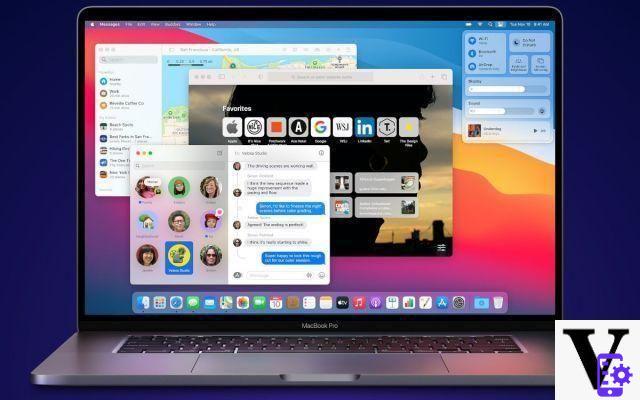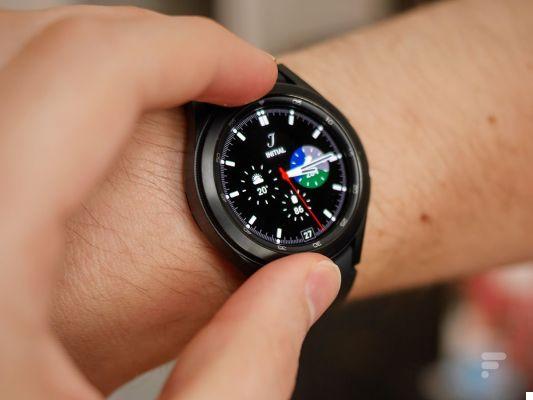Is it necessary to change the TV or decoder? The answers






Remember twelve years ago, in 2009, when everyone, more or less, ran through supermarkets and specialized shops looking for a decoder or directly of a new TV to be able to continue watching TV?
At that time it was going from analog to DTT. The revolution involved the abandonment (within a few years) of the old, bulky CRT TVs and the possibility of seeing many, many more channels than in the past.
All this thanks to a standard called DVB-T1. From the 15 October 2021 throughout Italy the coding standard will be partially passed (see next paragraph) MPEG-2 ALL'MPEG-4, while on January 2023st XNUMX (unless further postponed ...) we will switch to the new transmission standard DVB-T2. All the televisions on the market are already set up, while for obvious reasons the fleet is not.
-------
Read also: Digital terrestrial, do you have to buy a new TV? Don't make these 6 mistakes
-------
Switching to DVB-T2 is essential?
Yes, because some frequencies (sui 700 MHz) currently occupied by various channels will have to make room for the much discussed 5G of cell phones. And, since the bandwidth available to TVs will shrink, to make room for current and future channels it has become necessary to adopt video transmission systems such as theHEVC (but it is not even known if it will be adopted) which guarantee the same quality with a much lower bandwidth occupation.
What will happen in practice?
From the 15 October 2021 some channels (probably the least important, at the discretion of the individual broadcasters) of digital terrestrial will abandon the current coding standard MPEG-2 in order to pass all'MPEG-4, currently only used by HD channels. For an official passage of all channels to MPEG-4 you will have to wait for thebeginning of 2022.
The transition to the new DVB-T2 transmission system, on the other hand, should take place on January 2023, 2023. "It should" because nothing is certain yet. More realistically, there is talk of the "beginning" of XNUMX.
How do I check if a TV supports MPEG-4?
Just go to a channel broadcast in HD, such as Rai 1 HD (channel 501). If the channel can be seen and heard, it means that the TV, even if a little old, will allow you to see broadcasts up to switch-off definitivo (i.e. switch from DVB-T1 to DVB-T2), which should be carried out, we repeat, on January 2023, XNUMX.
From that month on, only the standards should be used (the conditional is a must) HEVC (unlikely) e DVB-T2.
If, on the other hand, you only hear the audio, the TV does not support MPEG-4 and will necessarily have to be joined by a new decoder or be replaced entirely.
So, to make sure you don't have any problems, it is essential to check your TV manual: if it supports HEVC and DVB-T2 you are ready for the final switch-off.
This is the case with televisions purchased after January 1, 2017: by law, from this date it is no longer possible to trade televisions without the new standards.
There may be some sporadic cases of televisions manufactured from 2017 that fail to display test channels; in that case, a software update may be required, which can be performed either by yourself or in a technical service center.
If the TV was purchased before 2017 (even more so a few years earlier) there will probably be a need to replace it or buy a new decoder.
Facilitations are provided to switch to the new standard? (update July 2021)
Yes. The new TV Scrapping Bonus, whose implementation decree was signed by the Minister of Economic Development Giorgetti, provides for the purchase of new televisions with a view to protecting the environment through the correct replacement of those that are no longer compatible.
To facilitate the "ecological" replacement of old TVs, you can have one 20% discount on the sale price, up to a maximum state contribution of 100 euros, upon delivery to the dealer of the old equipment (or delivery to an ecological island, where they will provide a certificate documenting the scrapping), proof of being in compliance with the fee and purchase of the old TV before 22 December 2018.
This facility is addressed (unlike the previous bonus) to all citizens residing in Italy, and will be paid until the available funds are exhausted, and in any case no later than 31 December 2022.
In order to apply for the new Bonus, it will be necessary to wait 15 days from the date of publication of the decree in the Official Gazette, when the measure will become operational.
For more information:
Ministry of Economic Development
New Digital TV (by the Ministry of Economic Development).















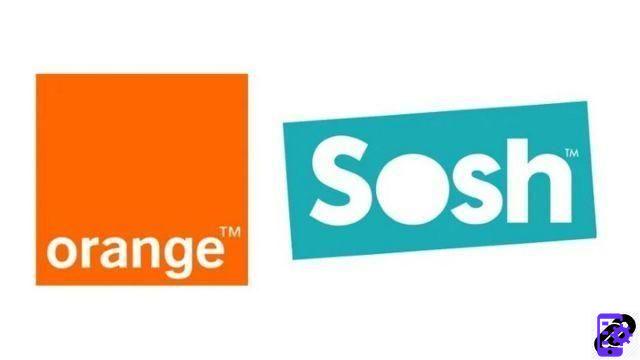
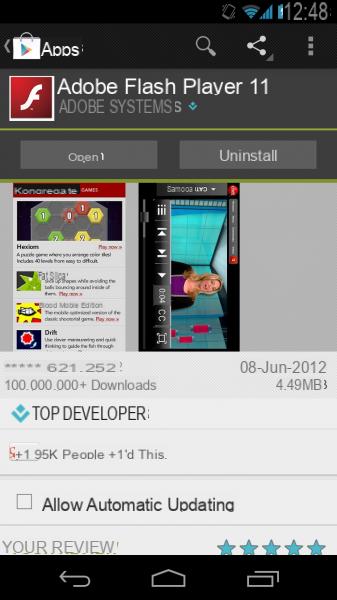




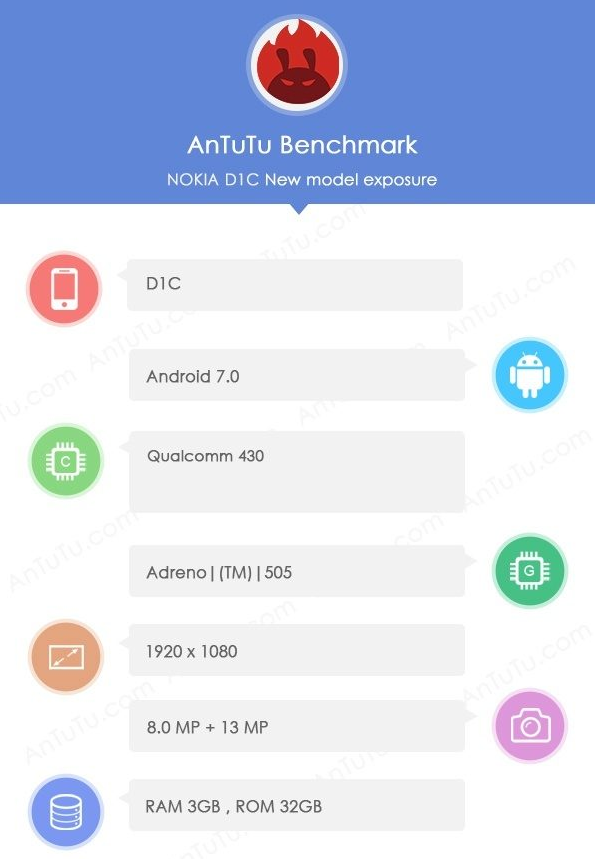



![[Review] Samsung Powerbot VR7000: the robot vacuum cleaner from Star Wars](/images/posts/6bc44de38605b5c0fa12661febb1f8af-0.jpg)


